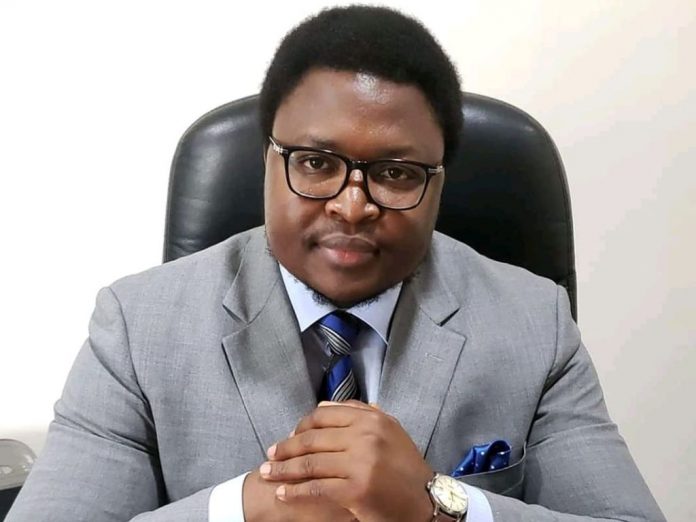By Amin Kef Sesay
Many of the world’s richest countries have benefited greatly from mineral extraction. Australia, Canada, Finland, Sweden, and the United States, for example, have all had extensive minerals industries and used them as platforms for broad-based industrial development.
It is however unfortunate that minerals have been mined intensively in this country from the 1950s to date with very little or nothing to show how they contributed to economic and human development
Thus, going forward, in efforts to improve on the standard of living of the masses, steps must be taken by Government, the industry and Civil Society to ensure that mining and minerals development contribute to equitable and sustainable human development.
As such, report that Pan African Rare Minerals Company is to start Coltan mining which is used in making mobile phones is good news for the country.
Coupled with Kingho’s iron ore exports and that of other large and small scale mining companies, the country’s stock of foreign exchange is bound to grow by next year. This will greatly reduce pressure on the Leone and result in inflation being brought under control.
Empirical evidence gathered by the World Bank clearly shows that minerals need not be a curse; they can boost well-being in developing countries. Well-being improves faster where mining fuels growth. However, according to the Bank, appropriate structures must be in place to manage the large revenue inflows in a responsible and transparent manner.
Extractive specialists find that many, indeed most, of the world’s fastest-growing countries since 2000 have been resource-rich. Mineral wealth not only propels economic growth; it also translates into larger improvements in human development.
How did mining contribute to these improvements in human development? Anecdotal evidence suggests that expenditure on health and education in mineral-rich countries increased at least proportionately with income rises, leading to large gains in various well-being measures.
Observations show that the overall contribution of mining is stronger where there were infrastructure benefits and strong linkages to other industries, especially through domestic procurement.
In addition, where higher levels of fiscal revenues are as in Botswana used to build infrastructure and develop human capital, this in turn leads to the development or expansion of other non-mining related industries.
Thus, mineral wealth when properly managed and wisely invested in economic and social development can even be a blessing, provided measures are taken to transform it into sustainable development.
Towards that end, the World Bank Extractive Industries team helps countries strengthen their institutional framework and governance structures so that they can manage the complex nature of the extractive industries.
Having an enabling framework for mineral investment results in a substantial flow of investments that create new opportunities as well as challenges.
The opportunities include hard-currency earnings, increased Government revenues, jobs, improved education and skills development, and the development of infrastructure such as roads, electricity, and telecommunications.
A key challenge now is to develop policy frameworks to ensure that mineral wealth is captured and creates lasting benefits for local communities and the broader population. The policy framework must provide the means to ensure that various rights and interests are respected and to resolve conflicts when they arise.
This framework must crucially recognize that production from a specific mineral deposit has a finite life span; when the mine closes, it is vital that there is something to show for it in the form of improved stocks of other forms of capital. A further challenge is to be able to maximize the value-added from minerals.




